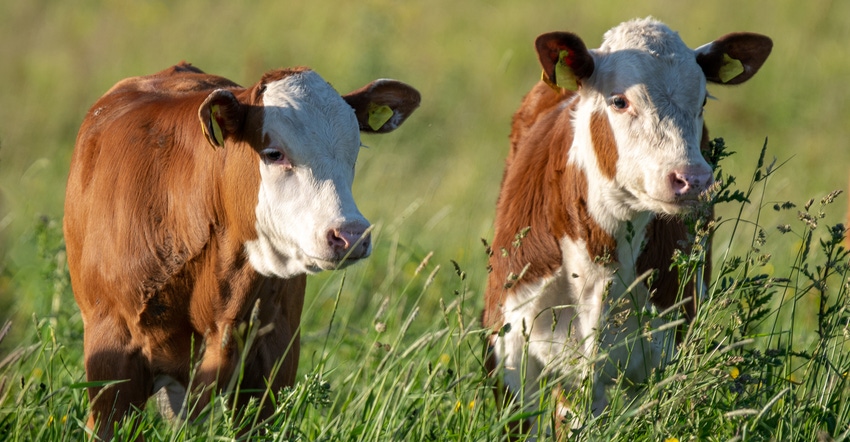
Farmers have options for terminating Conservation Reserve Program contracts in the fall.
Letters from USDA’s Natural Resources Conservation Service made it into mailboxes of farmers with CRP contracts that expire this September. They were sent to notify participants of the option to voluntarily terminate their CRP contract after the end of the primary nesting season, July 16 in Missouri, for fiscal 2022.
Once approved, producers will then be able to hay, graze, begin land prep activities, or plant a fall-seeded crop before the expiration of their contract Sept. 30. There will be no reduction to your final CRP payment if farmers choose this voluntary option.
The letters were general in nature, not farm-, contract- or producer-specific. For a farmer who has already offered to reenroll your CRP acreage through the general CRP sign-up, the HELI CRP sign-up, or the continuous CRP sign-up, there is no need for you to contact the office at this time.
The letter was intended for CRP producers who did not want to reenroll into CRP, or those whose general CRP offers were not accepted. This voluntary option is not available for acreage that will be subject to a new CRP contract Oct. 1.
For producers with pending CRP offers, NRCS is working to develop conservation plans for those offers. They will contact farmers once a plan is ready for review and sign for approval.
Buffers offer year-round benefits
Buffer strips strategically placed on farms can keep soil and nutrients in place while reducing water runoff.
A buffer, according to USDA-NRCS, is a small strip of land of trees, shrubs and other plants. This strip plays a crucial role as a safety net for the environment.
In spring and summer, buffers can remove more than 50% of nutrients and pesticides, 60% of some pathogens, and 75% of sediment. In addition to trapping pollutants, buffers slow water runoff and increase the amount of water that enters the ground, recharging aquifers and protecting communities downstream from flooding.
During winter, buffers trap snow and cut down on soil erosion in areas with strong winds. They also can protect livestock and wildlife from harsh weather, shield buildings from wind damage, and reduce noise and odor coming from a farm.
NRCS helps private landowners create buffers on their land, along waterways and between fields. If used as part of a comprehensive conservation system, buffers make good use of areas that are not ideal for growing crops or other uses.
For more information, contact your USDA Service Center or visit nrcs.usda.gov.
USDA-NRCS contributed to this article.
About the Author(s)
You May Also Like






